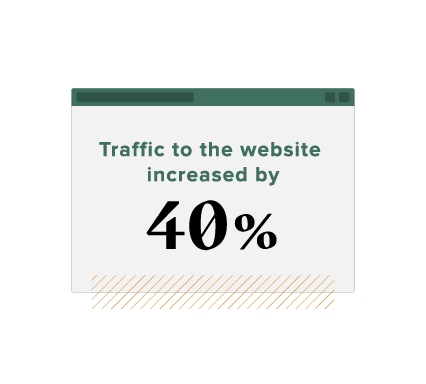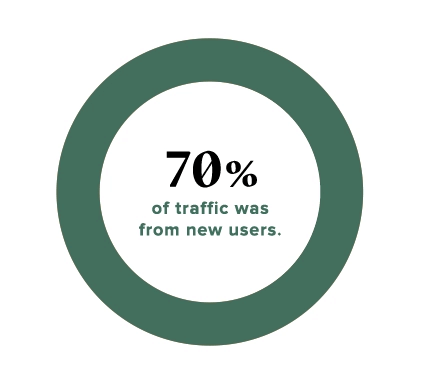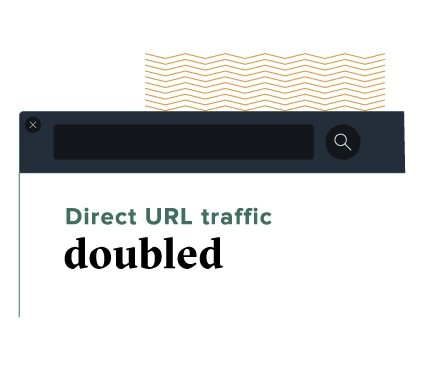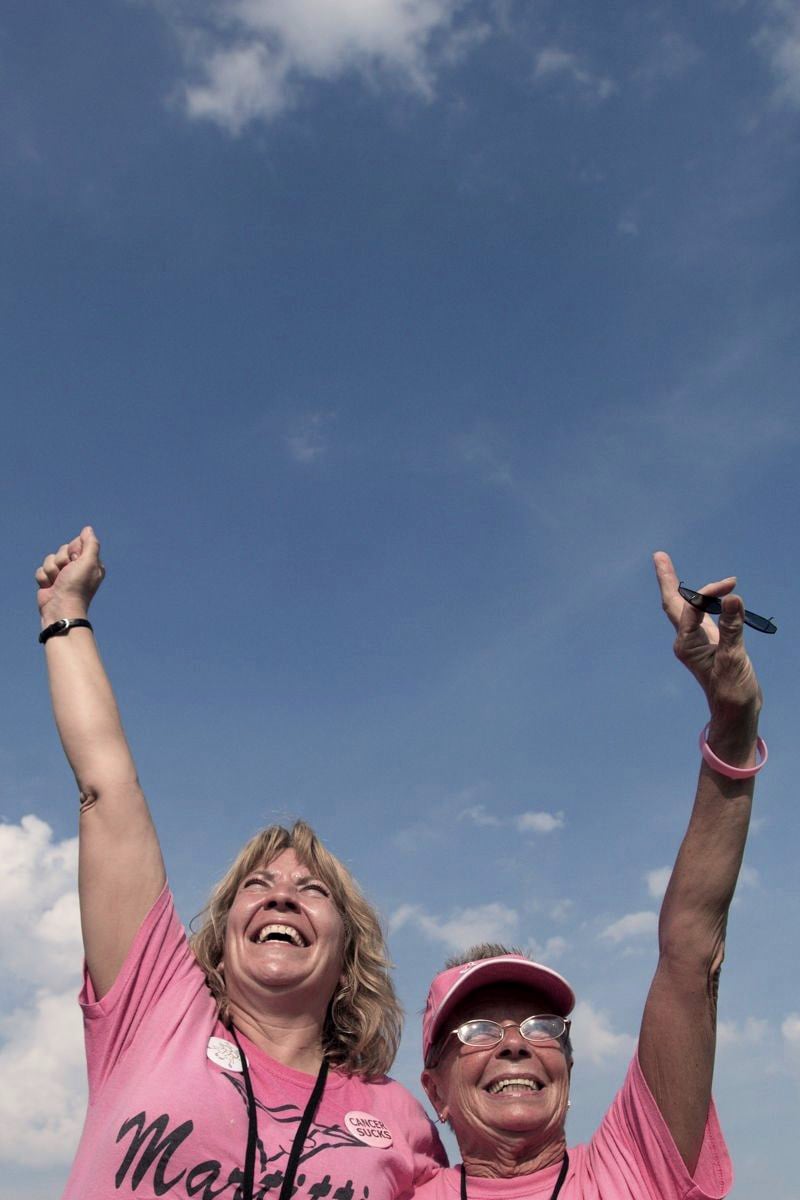



The Komen 3-Day walk, once the organization's marquee fundraising event, was struggling. There were a number of factors including a narrow audience focus on “survivors,” increased competition from new experiential fundraisers like Tough Mudder and Color Run, fallout from internal PR issues and a high barrier to entry due to the time and training required to participate. All of this led to a 60% decline in new walkers compared to 5 years prior.
To turn around the walk, first we had to identify what made people participate. So, we laced up our walking shoes and became participants. We quickly realized that the audience was much bigger than survivors alone, it extended to all the friends and family who helped a loved one fight breast cancer.
Why were these co-survivors walking? For them, the walk was a form of therapy, a way to take the pain caused by breast cancer and turn it into something meaningful so they could feel whole again. Breast cancer had played a huge role in their lives. Now, it was their turn to do something huge.

In addition to increasing awareness among “co-survivors,” we expanded our target based on certain behaviors. For example, if someone had contributed to or volunteered for a cause, had experience fundraising or had participated in similar events like marathons or 5Ks. More importantly, we modeled our media consumption research on audience segments that cited “friendship, helpfulness and duty” as “very important” values. This allowed us to focus our efforts on those who were predisposed to consider and convert.
Registrant data showed that 51% of participants came from markets surrounding event DMA, but previous campaigns had only focused on broadcast buys in event markets themselves. To precisely target these missing audience members, we created a layered geographic approach:
Additionally, because the walks occurred over a 7-month period, we phased our in-market approach by custom region for each event. Historically, they had run all promotional activity simultaneously, but that left some events "too far out" and the messaging was less relevant to critical registration and fundraising deadlines.
Our plan was to deploy more mass media tactics during a “build awareness” phase farther out, and focus on “conversion” tactics as the event registration deadlines neared. By staggering in-market flights to be aligned with the event calendar we were able to make the message more relevant in each region by developing a sense of urgency.